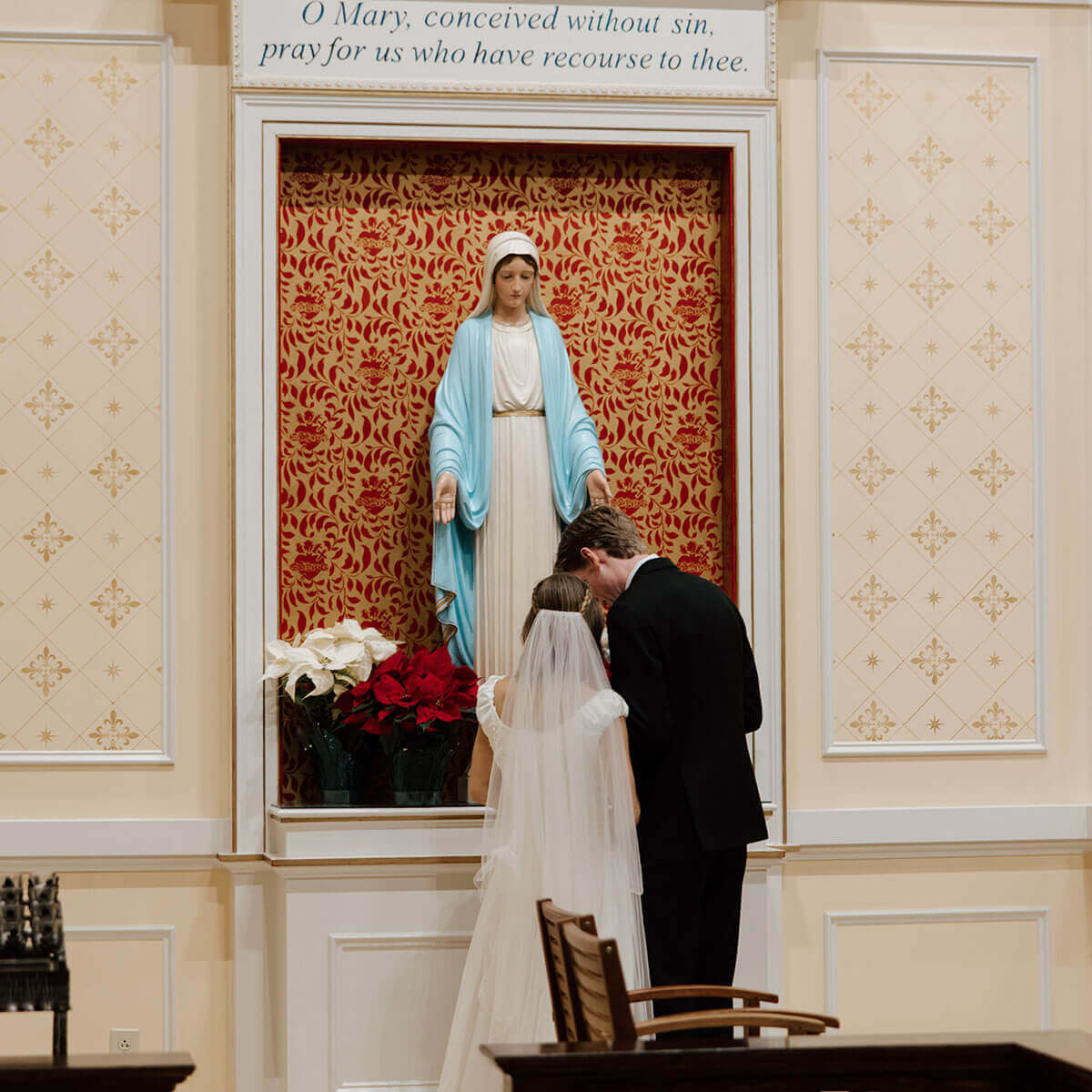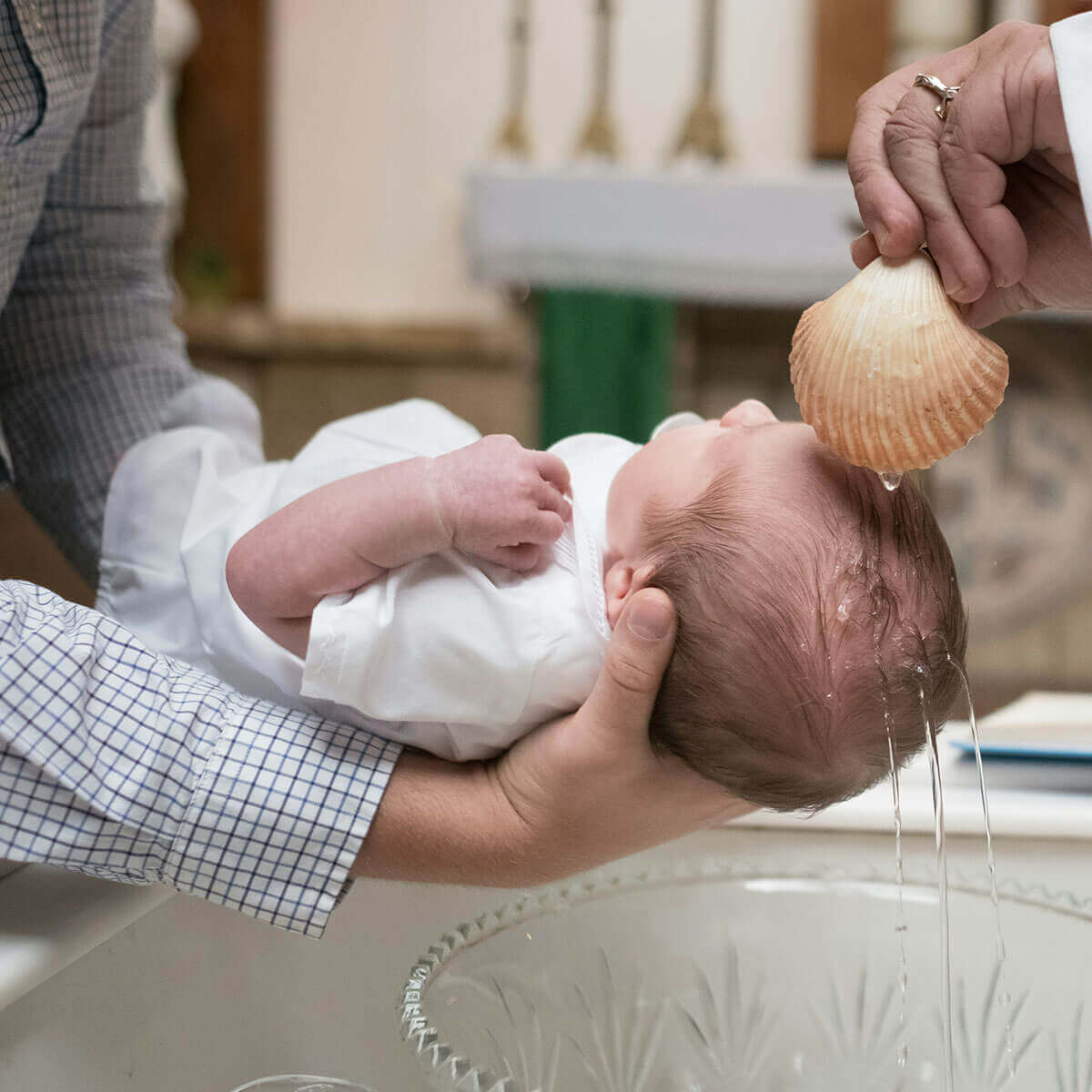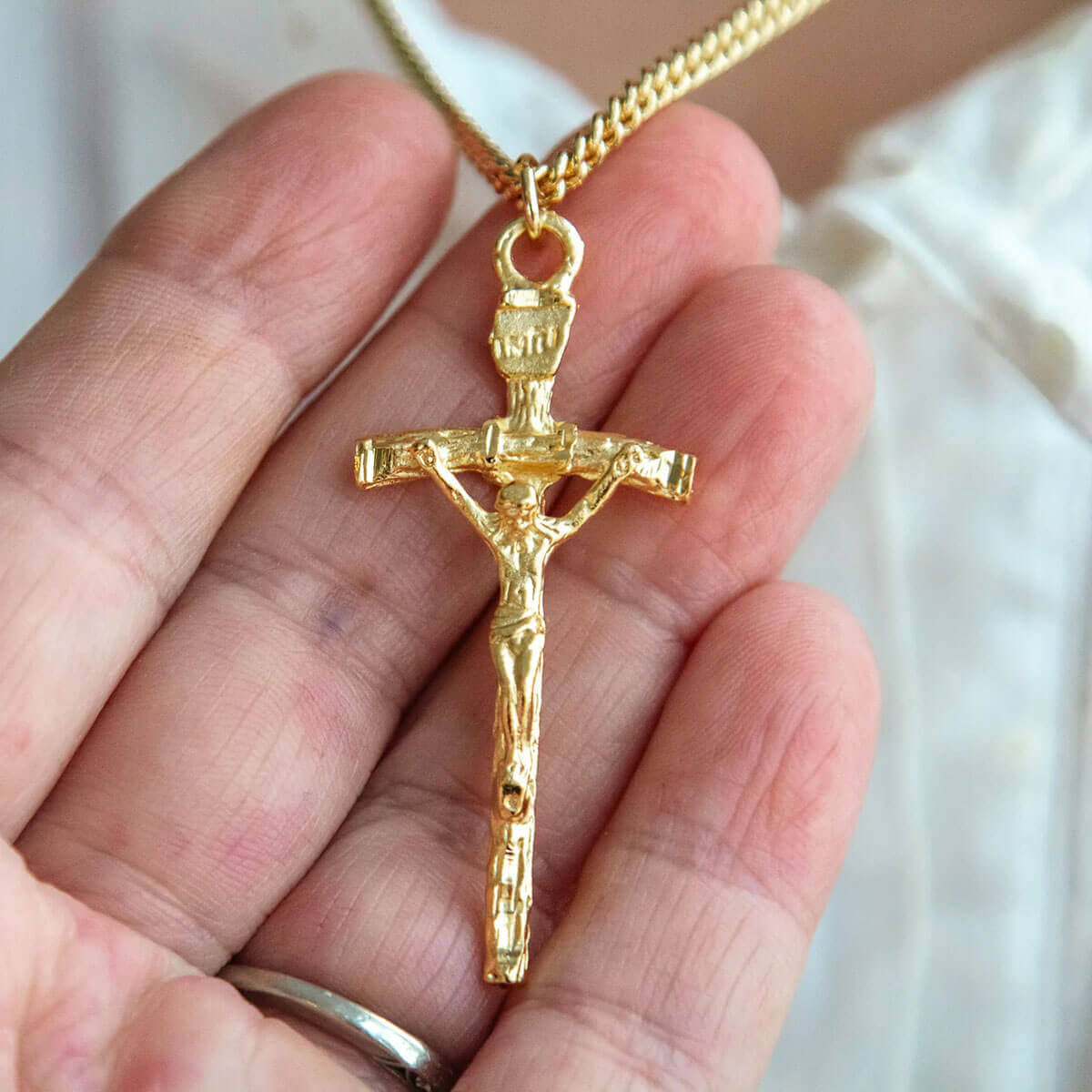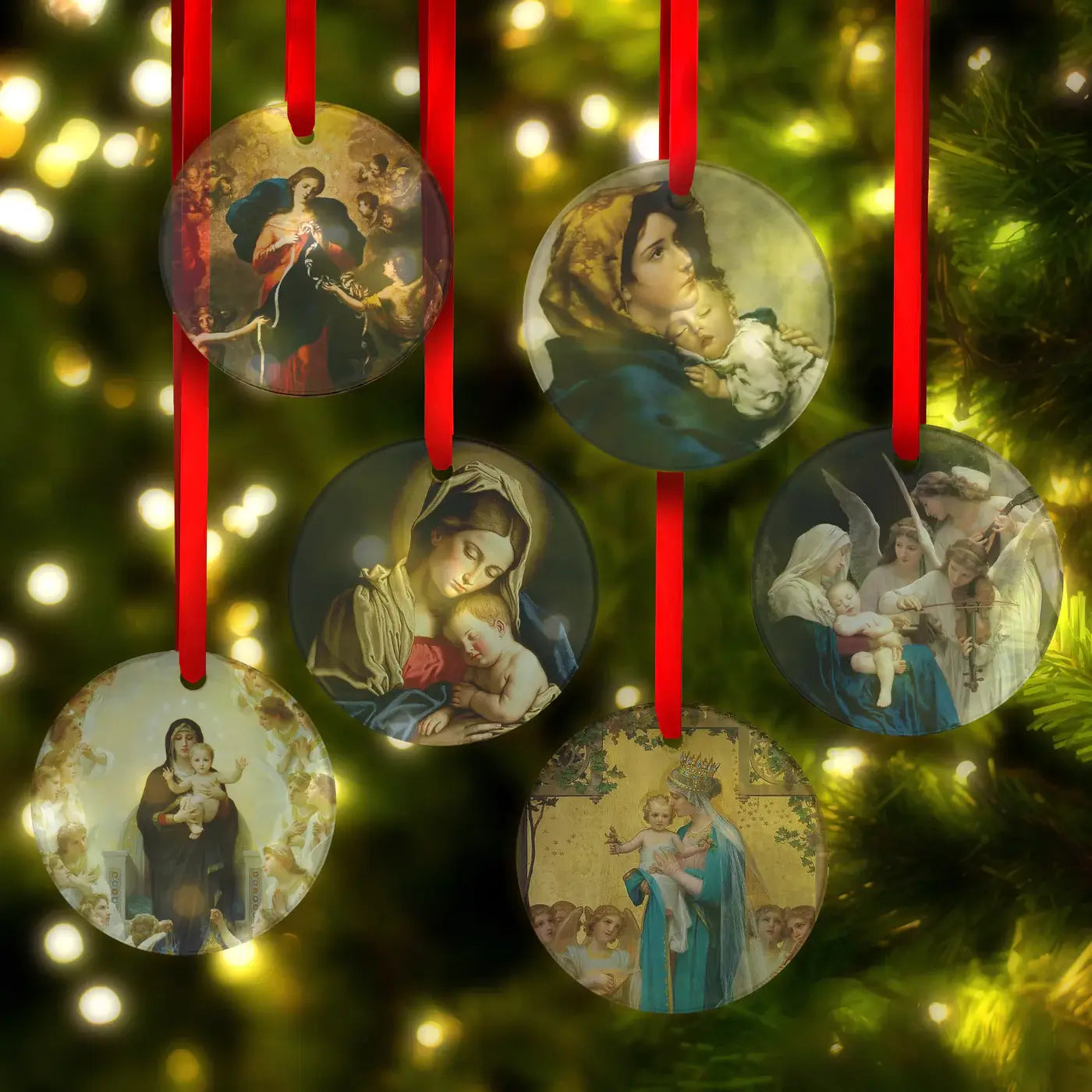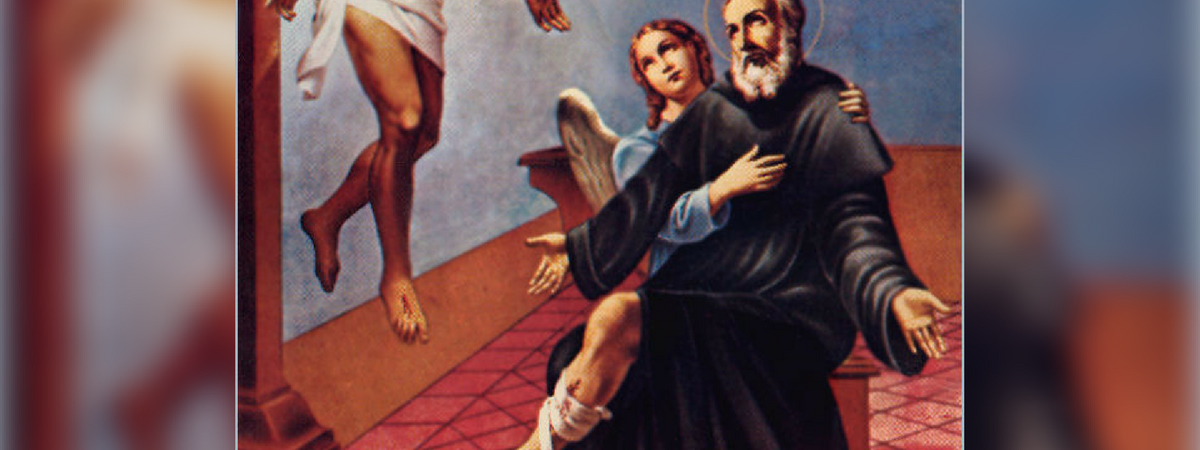Pope Pius V was a Dominican friar, a great reformer of the Church, a holy bishop, and a saint who headed the Church from 1566-1572. He was especially known for his devotion to the Blessed Virgin Mary and for being a great promoter of the Holy Rosary, so much so that he is called "The Pope of the Rosary."
Pope St. Pius V was given this title for two reasons: for penning an important papal document on the rosary and for establishing the feast of Our Lady of the Holy Rosary, two important steps in solidifying this powerful prayer tool for the universal Church.
THE POPE OF THE ROSARY
In 1569 Pope Pius V issued a papal bull, Consueverunt Romani Pontifices, in which he secured the uniformity of the Holy Rosary (endorsing the Dominican Rosary as the standard - 15 decades, or 150 Hail Marys - which was given by Our Lady to St. Dominic) for recitation throughout the Catholic Church.
You can read the full text of the short papal document below.
Pope Saint Pius V is also connected with the rosary because he established the Feast of Our Lady of the Rosary in thanksgiving for the victory of the Christian fleet over the Ottoman Turks at the Battle of Lepanto—a miraculous naval battle victory that occurred on October 7, 1571.
MARY'S VICTORY AT LEPANTO
Pope St. Pius V attributed the Holy See's military victory at the Battle of Lepanto to the intercession of the Blessed Virgin Mary, who was invoked on the day of the battle through a campaign to pray the Rosary throughout Europe.
The Holy Father called on all of Europe to recite the Rosary and ordered a 40 hour devotion to the Blessed Virgin Mary in Rome during the time the naval battle took place.
Despite the Holy League's fleet being vastly outnumbered, all but 13 of the nearly 300 Turkish ships were captured or sunk. The Christian forces won a decisive battle, saving all of Christendom by checking the expansion of Turkish power.
It seems that Pope St. Pius’ declaration establishing the recitation of the Holy Rosary for the entire Church in 1569 came just in time for its use two years later in the Battle of Lepanto! The day of the victory, October 7th, was instituted as the feast day of Our Lady of Victory, which was later called Our Lady of the Rosary as we know it today.
This celebrated event in the life of the Church is a great reminder of the power of the Holy Rosary, and that we can turn to our Blessed Mother for all victories, both temporal and spiritual.
On an interesting note, during his first day as Holy Father, Pope Francis prayed at the tomb of the great reformer Pope Pius V, which resides at St. Mary Major Basilica in Rome.
Read below the papal bull, Consueverunt Romani Pontifices, issued by Pope Saint Pius V on the power of the Holy Rosary published prior to the great Catholic victory at the Battle of Lepanto in 1571.
Consueverunt Romani Pontifices
The Roman Pontiffs, and the other Holy Fathers, our predecessors, when they were pressed in upon by temporal or spiritual wars, or troubled by other trials, in order that they might more easily escape from these, and having achieved tranquility, might quietly and fervently be free to devote themselves to God, were wont to implore the divine assistance, through supplications or Litanies to call forth the support of the saints, and with David to lift up their eyes unto the Mountains, trusting with firm hope that thence would they receive aid.
1. Prompted by their example, and, as is piously believed, by the Holy Ghost, the inspired Blessed founder of the Order of Friar Preachers, (whose institutes and rule we ourselves expressly professed when we were in minor orders), in circumstances similar to those in which we now find ourselves, when parts of France and of Italy were unhappily troubled by the heresy of the Albegenses, which blinded so many of the worldly that they were raging most savagely against the priests of the Lord and the clergy, raised his eyes up unto heaven, unto that mountain of the Glorious Virgin Mary, loving Mother of God.
For she by her seed has crushed the head of the twisted serpent, and has alone destroyed all heresies, and by the blessed fruit of her womb has saved a world condemned by the fall of our first parent. From her, without human hand, was that stone cut, which, struck by wood, poured forth the abundantly flowing waters of graces.
And so Dominic looked to that simple way of praying and beseeching God, accessible to all and wholly pious, which is called the Rosary, or Psalter of the Blessed Virgin Mary, in which the same most Blessed Virgin is venerated by the angelic greeting repeated one hundred and fifty times, that is, according to the number of the Davidic Psalter, and by the Lord's Prayer with each decade. Interposed with these prayers are certain meditations showing forth the entire life of Our Lord Jesus Christ, thus completing the method of prayer devised by the Fathers of the Holy Roman Church.
This same method St. Dominic propagated, and it was, spread by the Friars of Blessed Dominic, namely, of the aforementioned Order, and accepted by not a few of the people. Christ's faithful, inflamed by these prayers, began immediately to be changed into new men.
The darkness of heresy began to be dispelled, and the light of the Catholic Faith to be revealed. Sodalities for this form of prayer began to be instituted in many places by the Friars of the same Order, legitimately deputed to this work by their Superiors, and confreres began to be enrolled together.
2. Following the example of our predecessors, seeing that the Church militant, which God has placed in our hands, in these our times is tossed this way and that by so many heresies, and is grievously troubled and afflicted by so many wars, and by the deprave morals of men, we also raise our eyes, weeping but full of hope, unto that same mountain, whence every aid comes forth, and we encourage and admonish each member of Christ’s faithful to do likewise in the Lord.
Given at Rome at St. Peter's, under the Fisherman's ring, 17 September 1569, in the fourth year of our Pontificate.
This article has been updated and was originally published in April 2013. © The Catholic Company. All rights reserved.




